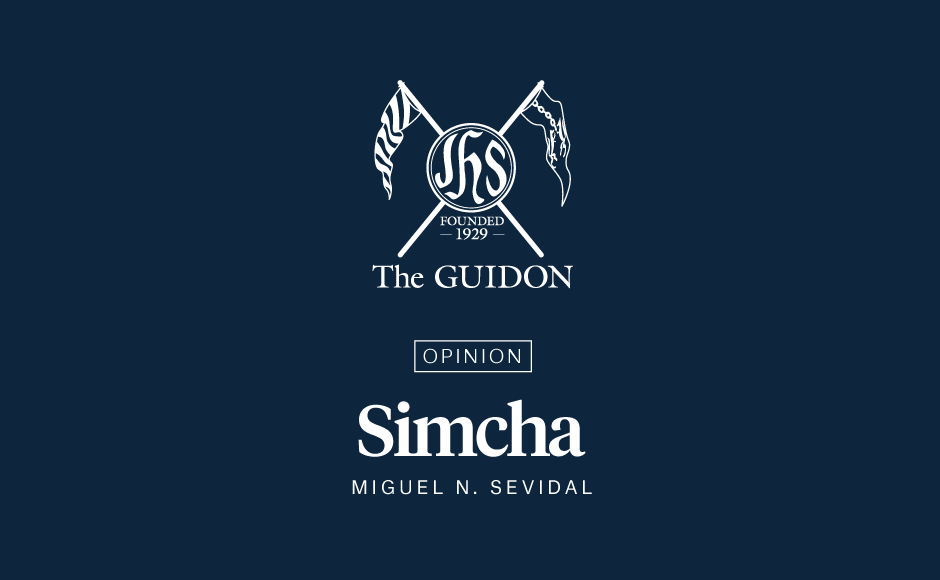When Rappler Chief Executive Officer Maria Ressa asked President Rodrigo Duterte what kind of leader he believes the Philippines needs today, he pointed to no other than the late dictator Ferdinand Marcos. Hence, we have a strongman returning to Malacañang, 30 years after his idol was ousted from the same palace.
The strongman archetype however, goes beyond Marcos. In State and Society in the Philippines, Patricio Abinales and Donna Amoroso describe Commonwealth President Manuel Quezon to have been “ruthless in dealing with influential Filipinos who were loyal to rival leaders or to abstract ideas that incurred his ire.” Exploiting his local patronage and friendship with American officials, Quezon steamrolled his way to becoming the transitory government’s chief executive.
The three autocrats have stark similarities. All three had campaigns marked by colorful rhetoric aimed at conveying a message of radical change. Driven by the clamor for Filipino independence and self-governance, Quezon bravely said that he “would rather have a government run like hell by Filipinos than a government run like heaven by Americans.”
Addressing a nation tired of bureaucratic corruption and inefficiency, Marcos told the people during his electoral address that “this nation can be great again.” Most recently, the successful campaign of Duterte was marked by just three words that harked at Filipinos’ unrest with the previous government–“change is coming.”
All three also succeeded in using the Filipino people’s fear and hopelessness to strengthen their autocracy. The three took advantage of the lack of security and certainty and used it to justify their power—Quezon with the Sakdals, Marcos with the Communist insurgents, and Duterte with the problem on illegal drugs.
There is then a possibility that the strongman’s rule is rooted deeper in our collective memory as a people. In Barangay: Sixteenth Century Philippine Culture and Society, William Scott says that a datu’s following was known as a haop in Visayan or sakop in Tagalog—an inclusive group “especially supportive of a person on whom they were dependent.” The possibility of dictatorship was then very real for pre-colonial Filipinos, which Scott confirms, given that there actually were datus who “were autocratic and oppressive.”
Perhaps this is where the autocratic governance models of Quezon, Marcos, and Duterte stem from. As one big haop of Filipino people, we tend to become dependent on our patrons in times of uncertainty and change. We stick by our dear leaders to rally for us and in return we blindly rally behind them, even when they’re wrong.
It would seem then that we have been ruled by tyrants all this time, that the autocrats of today are simply modern versions of the tyrannical datus of long ago. But Reynaldo Ileto in his Pasyon at Rebolusyon offers a qualifier—“It is all right to be maginoo (the Tagalog equivalent of datu) as long as the external signs of power are matched by an equally beautiful loob.” This is where Quezon, Marcos, and Duterte are put in check—were their authoritarian regimes matched by nobility of character, by an equally beautiful loob?
The rule of the strongman has been embedded in the Filipino haop’s consciousness. Its crippling effects on our collective loob as a people have yet to be realized.







